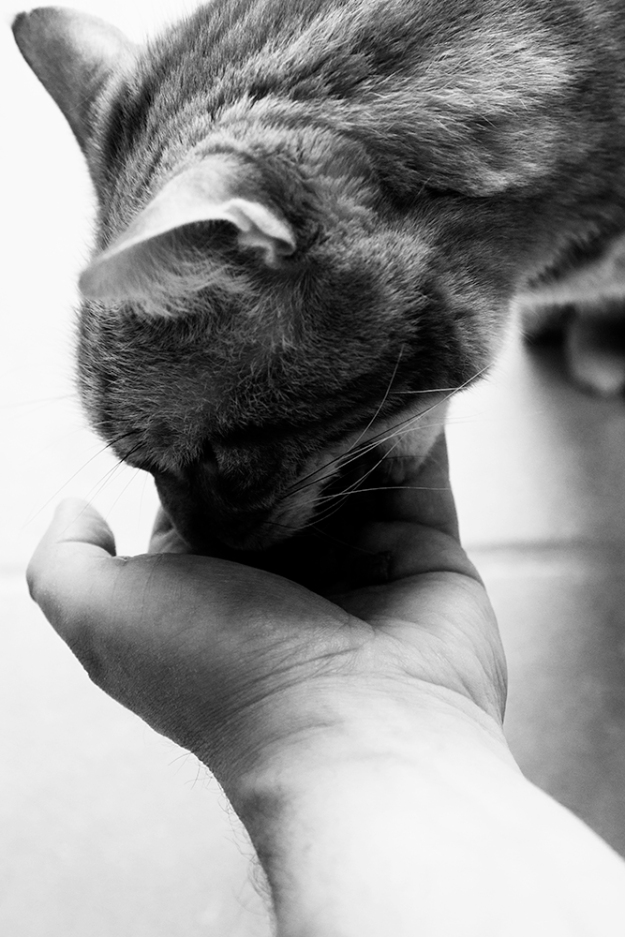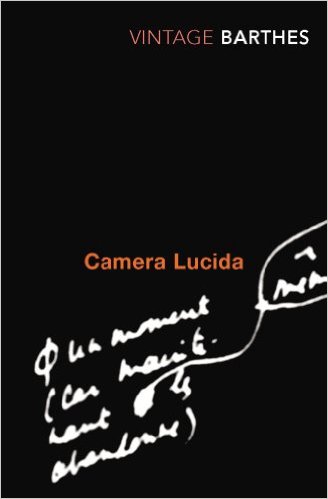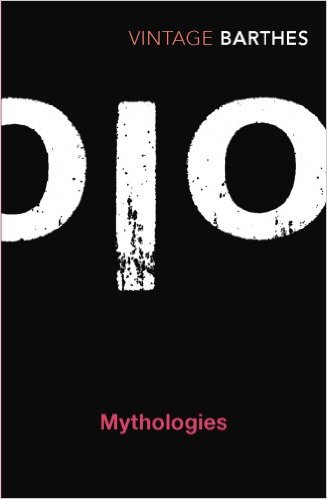
I have just finished reading this book that I began in November!
Tagg looks at how photography has been influenced and how it has influenced history in Europe and North America by examining historical records in the UK and Europe and USA. Taking examples of photographs taken in the 19th century for recording likeness’ of prisoners, photos of slums such as in Leeds that were used to push to challenge the Local Authorities and fight for improved living conditions for the poor. Images taken in the early part of the 20th century to document the results of economic rescission in the rural community of the USA. Tagg analyses both images and back the ground events to produce a strong argument for his book and often makes reference to a French philosopher, Michel Foucault, that who I should perhaps find more about and how his ideas may help in my creativity.
An interesting book, a little heavy and have your dictionary to hand but worth studying as his method of research is good and his idea that arguments that are not fully tested with good background research are weak and likely to be biased. I think Tagg alludes to this when referring to John Berger and Susan Sontag.











